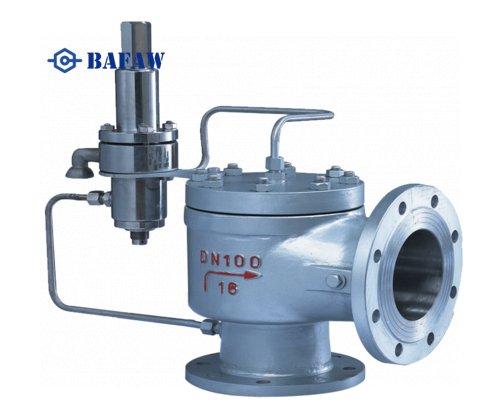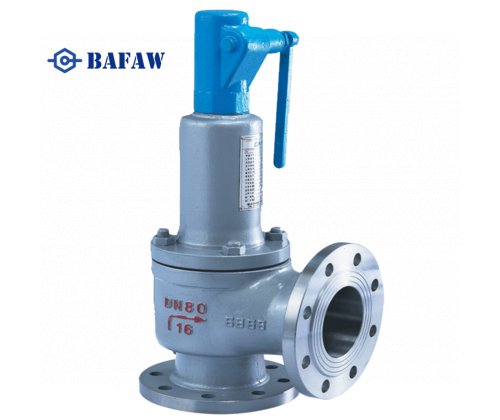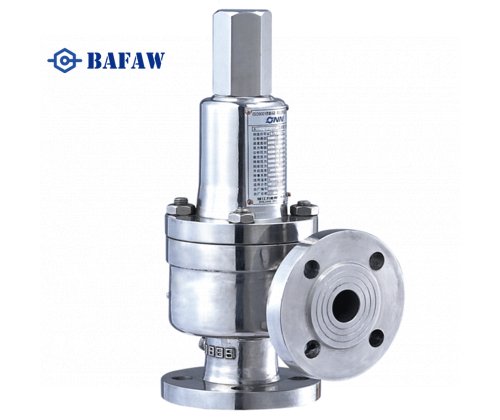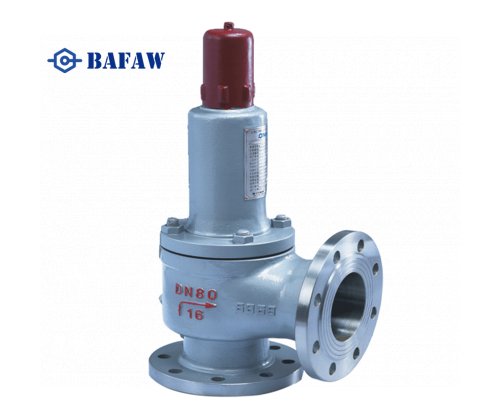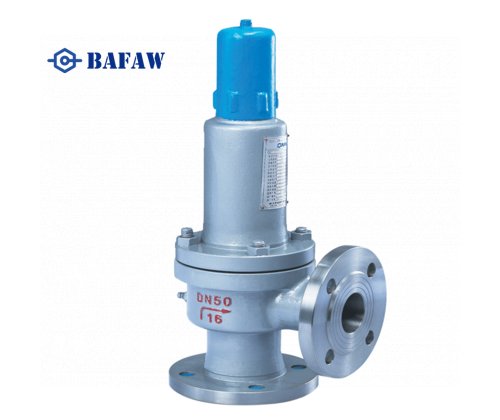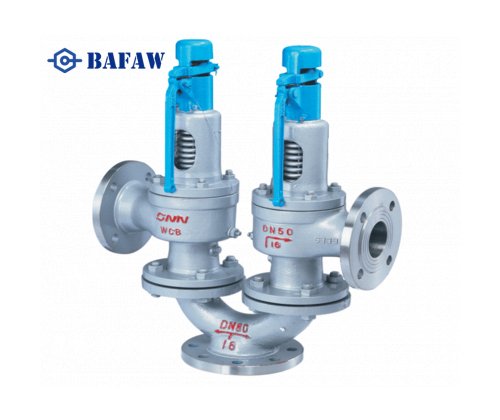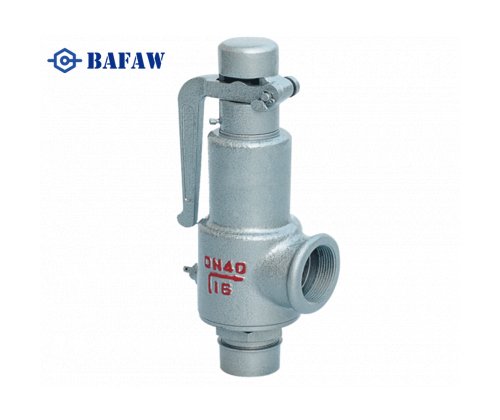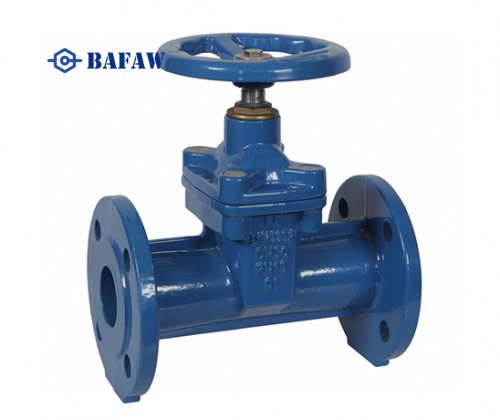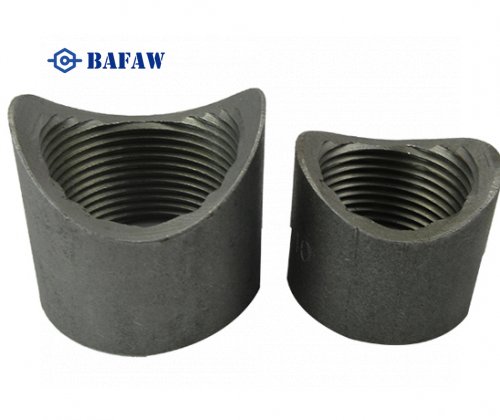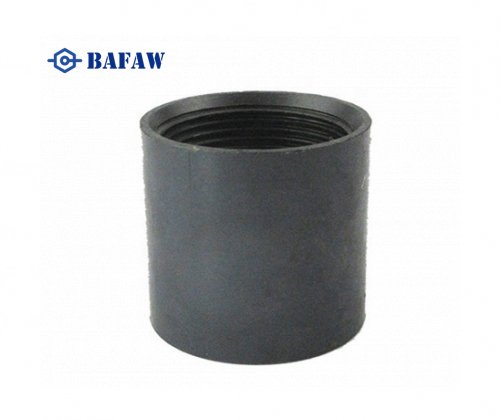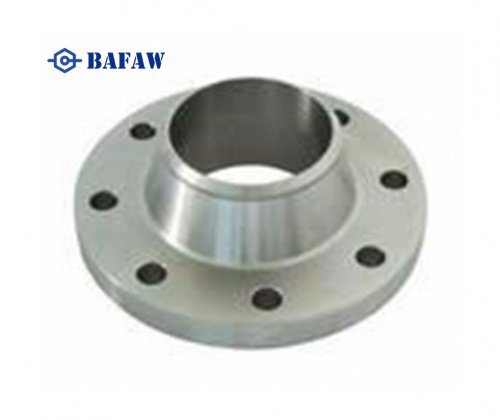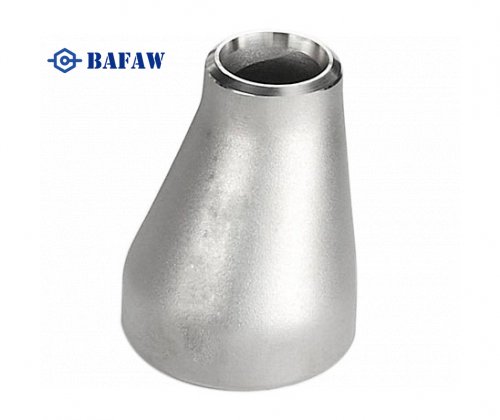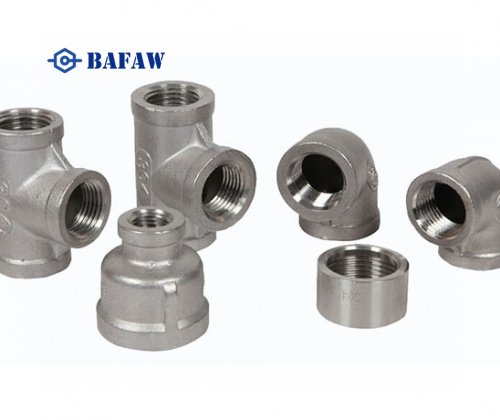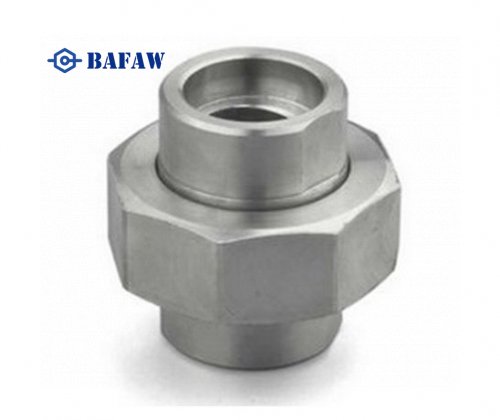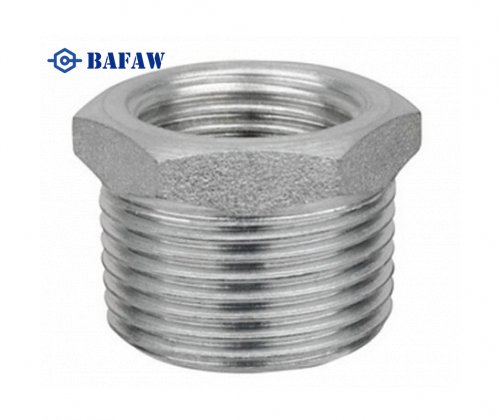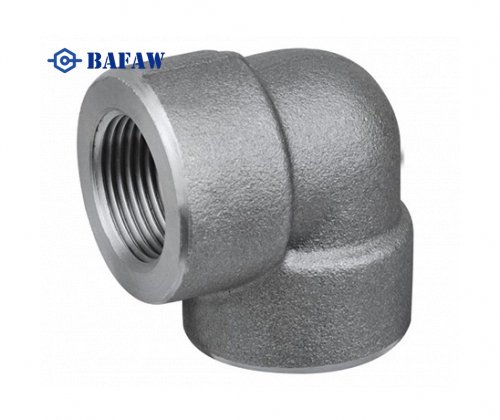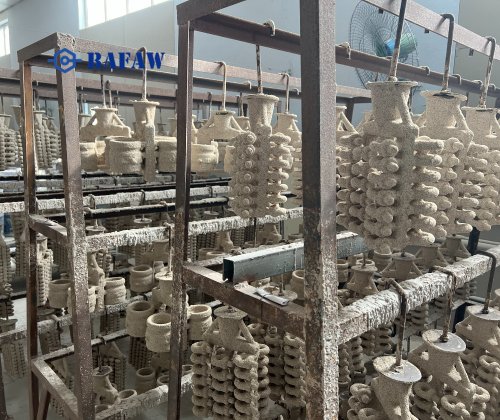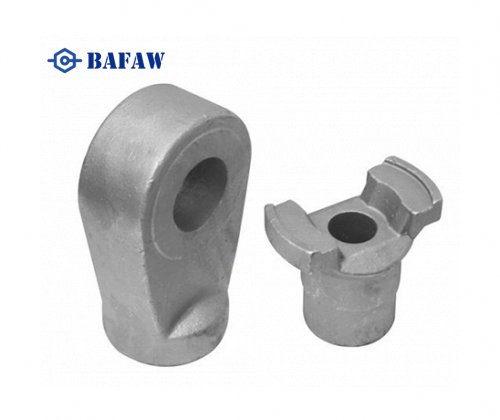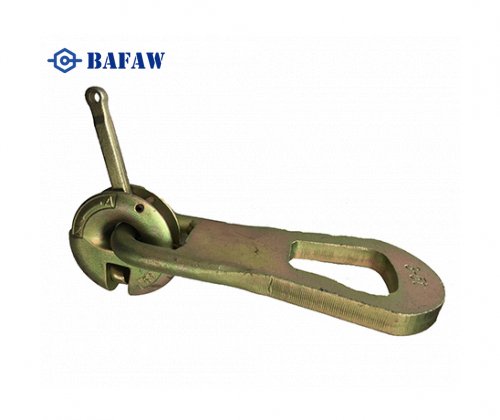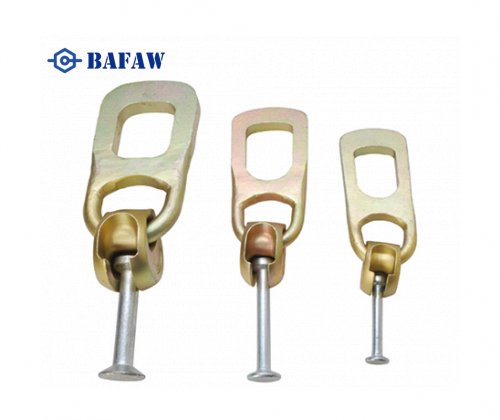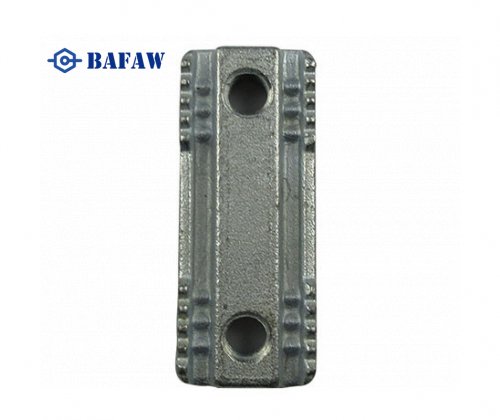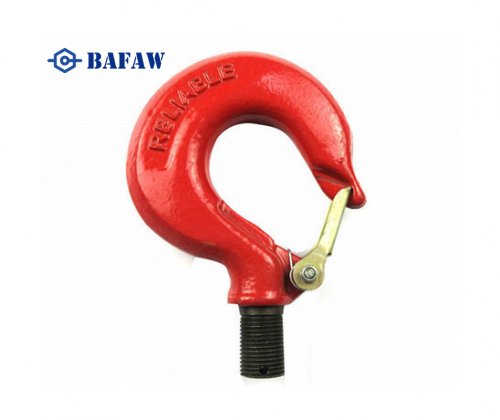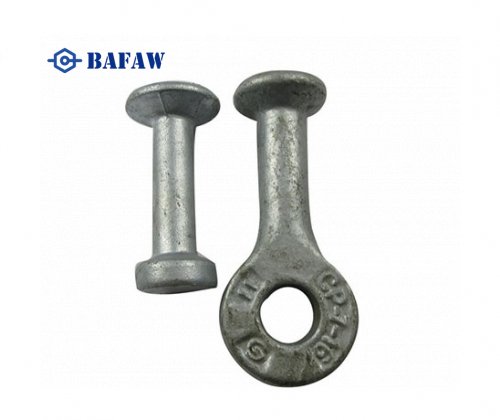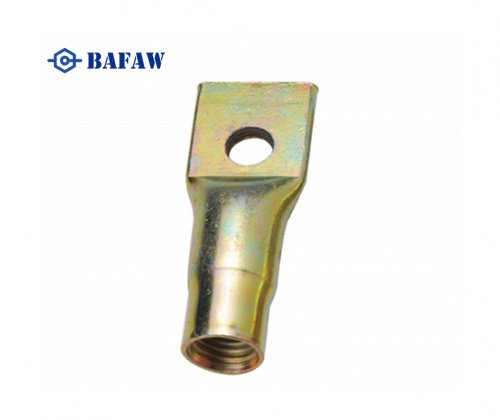What are the key differences between the ANSI/AWWA C500, C509, and C515 standards?
The ANSI/AWWA standards C500, C509, and C515 present key differences that reflect the evolving needs and advancements in the waterworks industry.
ANSI/AWWA C500:
Utilizes gray cast iron for its construction.
Permits some degree of leakage.
Specifies arbitrary wall thicknesses without advanced modern analysis.
Enables a 12.5% reduction in wall thickness to represent casting deficiencies.
ANSI/AWWA C509:
Introduces ductile iron into the mix, marking a shift from the traditional gray cast iron.
Unlike C500, it does not permit any leakage, raising the quality and performance bar.
Requires more corrosion-resistant coatings.
Maintains arbitrary wall thicknesses similar to those in C500.
ANSI/AWWA C515:
Fully embraces ductile iron for both the body and bonnet components.
Offers a significant upgrade with reduced wall thickness requirements, leveraging finite element analysis (FEA) and real-world testing.
Provides a higher pressure rating because of the strength and elasticity of ductile iron.
Does not permit the 12.5% reduction in wall thickness allowed C500 and C509.
Minimizes confusion with modern, more precise standards, resulting in its widespread adoption by utilities.
In summary, C500 and C509 are largely considered outdated because of their reliance on arbitrary thickness specifications and allowance for leakage. C515, however, take advantage of contemporary engineering methods,
delivering enhanced strength, reliability, and consistency, thereby becoming the preferred choice for most utilities.

C509 AWWA C515 Cast iron Gate Valve

















